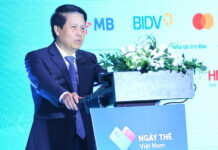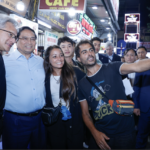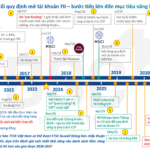From pioneering strides to bold moves, this segment is increasingly proving its identity, shaping the icon of class, exclusive experiences, heritage value, and asserting its superiority in the investment portfolio of the global elite.
Originating from an Icon in New York
The story begins at Sherry’s restaurant – the favorite haunt of politicians, successful businessmen, and erudite scholars – on the prestigious 5th Avenue in glamorous New York in the early 20th century. Despite the hefty price tag, Sherry’s held a special allure for discerning diners, who came not only for the delectable cuisine but also to revel in the opulent ambiance and impressive entertainment services. In 1927, the operators of Sherry’s made an ambitious move. Instead of opening another restaurant, they decided to launch the Sherry-Netherland apartment hotel, giving birth to a completely new segment: luxury real estate.
The reputation for opulence, combined with the perfect location in the heart of Manhattan, made the 165 apartments on the top 14 floors of the Sherry-Netherland highly coveted and sought-after by the elite, setting a solid foundation for this new type of real estate that defined class and prestige.
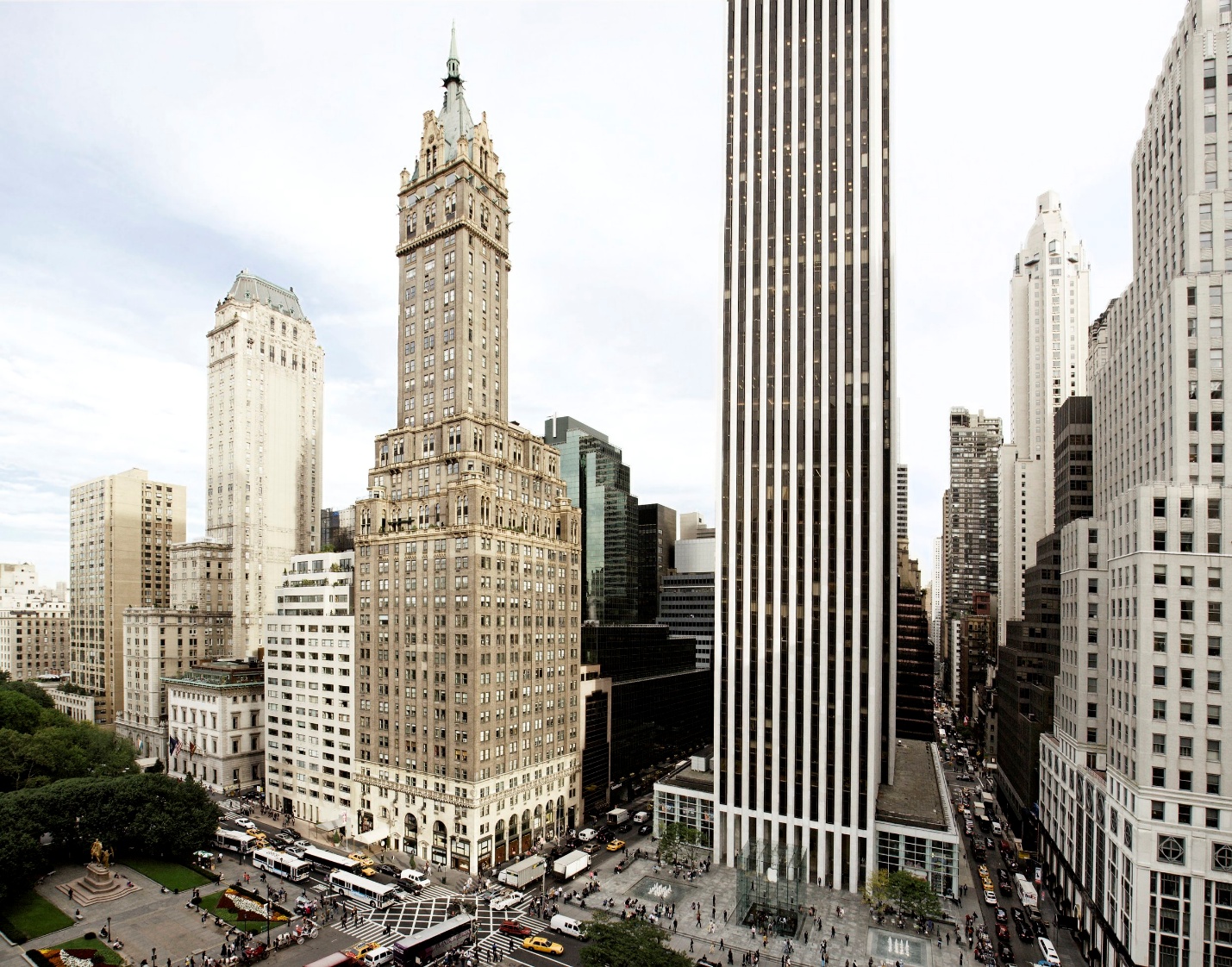
…to 5 Defining Elements of Luxury Real Estate Globally
Since its inception in New York, the luxury real estate model has expanded worldwide, becoming a statement of status and lifestyle for its owners. These living spaces combine the expertise of a reputable real estate developer with the prestige of a renowned brand in hospitality, fashion, cosmetics, etc. Besides closely aligning with the brand’s positioning, luxury real estate also asserts its superiority with 5 defining elements that make up the value and appeal of this product: prime location (Position), privacy (Privacy), endorsement by prestigious brands (Prestige), exclusive experiences (Privilege), and heritage value (Preservation).
Singular Location – Unparalleled Status (Position)
The distribution of luxury real estate projects on the world map is always associated with prosperous centers such as New York, Dubai, Southern California, and London. Even when located in an already glamorous city, these projects occupy the most prime and rare locations. This is the first critical factor in shaping a luxury real estate project. The value of the location lies not only in its seamless connectivity to high-end external amenities but also in the breathtaking views it offers, showcasing spectacular horizons that are not accessible to everyone. Notable examples include Crown Residences, One Barangaroo, with its sweeping views of Sydney’s harbor and the iconic Sydney Opera House, and Six Senses Residences at Palm Jumeirah (Dubai), offering vistas of Bluewaters Island and the Dubai Marina skyline. Additionally, many projects also provide access to impressive natural landscapes with surrounding mountains, forests, or beaches.
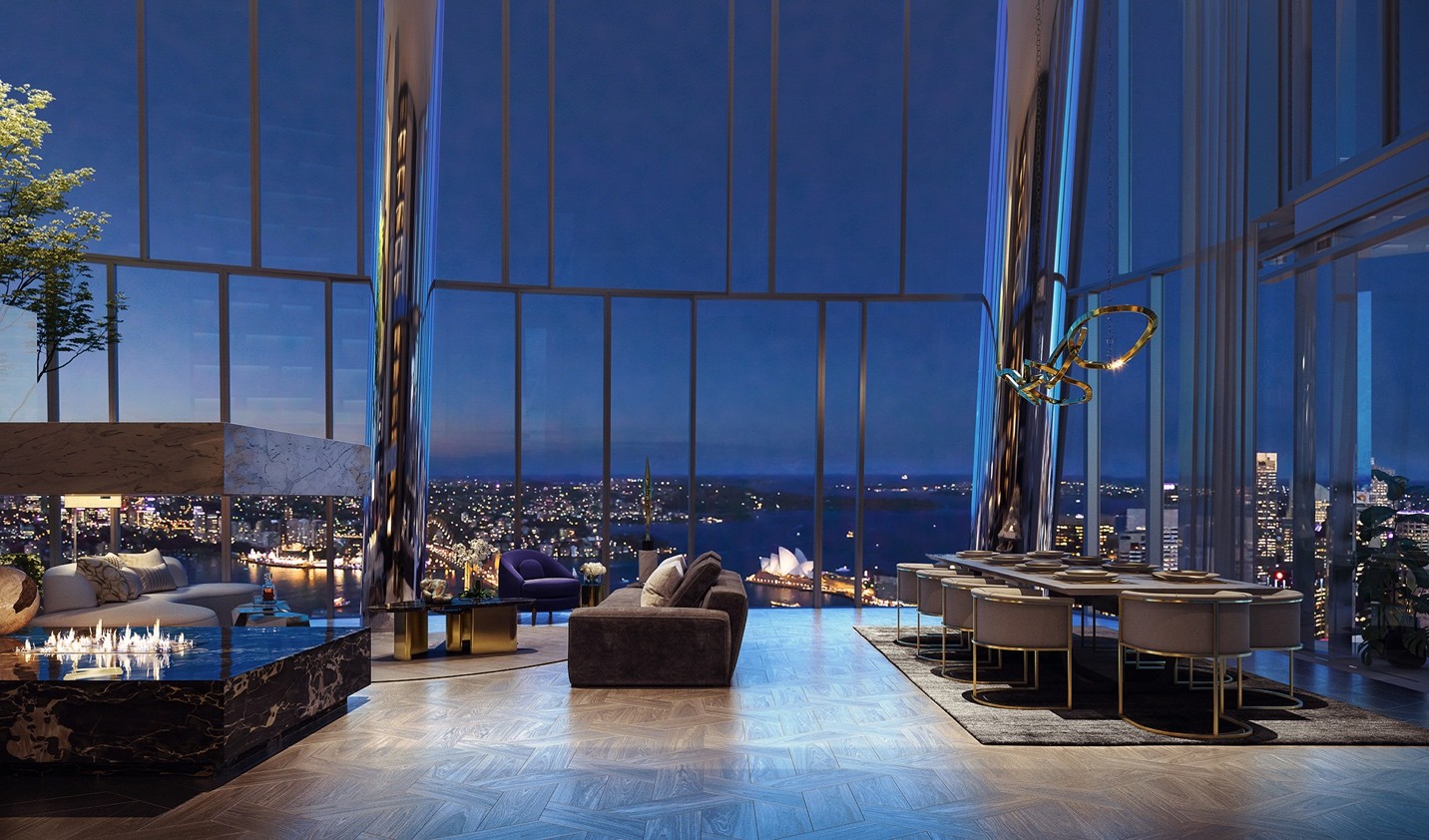
Privilege of Privacy (Privacy)
Once a prime location is secured, privacy becomes an indispensable privilege. For the elite, privacy in daily life is of utmost importance, whether they are politicians, renowned entrepreneurs, or S-class celebrities. A prime example is supermodel Cindy Crawford, who purchased a Ritz-Carlton branded residence in Miami, or football superstar Lionel Messi, who owns one of the most luxurious residences in Miami – a condo in the famous Porsche Design Tower. The privilege of privacy demands designs that ensure discretion and absolute safety without making the owner feel isolated or detached. These exclusive communities also foster connections between like-minded individuals with similar lifestyles, aesthetic standards, and refined tastes, leading to selective and intimate relationships. This subtle dual standard can only be met by luxury real estate.
Endorsement by Globally Renowned Brands (Prestige)
For the elite, a home is not just an asset but also a tangible affirmation of their intangible values: celebrating success, lifestyle, aesthetic sensibility, and intergenerational heritage. That’s why the reputation of their residence must match their status. A living space endorsed by a famous brand is not just a place to live but also a personal story imbued with their achievements and transmitted values. Thus, worthy reputation becomes the intangible value that luxury real estate offers, helping the owner establish credibility beyond any introduction.
Exclusive Experiences (Privilege)
If brand reputation guarantees status, then personalized exclusive experiences and privileges are the missing pieces that complete a genuine lifestyle. Owning a branded residence means the owner enjoys a range of services designed specifically for their tastes, with limited availability and an element of exclusivity. A prime example is Marriott Bonvoy – Marriott Hotels’ loyalty program, offering permanent privileges such as priority access to Marriott services worldwide, exclusive access to Executive Lounges and premium amenities for the elite, Bonvoy points accumulation, and exclusive benefits at JW Marriott, Ritz-Carlton, and St. Regis properties worldwide. Some privileges are even more extravagant, such as the Bugatti Chiron Residences tower in Dubai, which features elevators from the garage to each residence for cars, or the Porsche Design Tower, which provides car maintenance, tire change, and washing services within the complex… All are served with artistic customer service by experienced professionals and a carefully curated customer care team based on the personality and preferences of each homeowner, delivering surprising and personalized experiences that not only meet living needs but also embody the exclusive lifestyle of the elite.
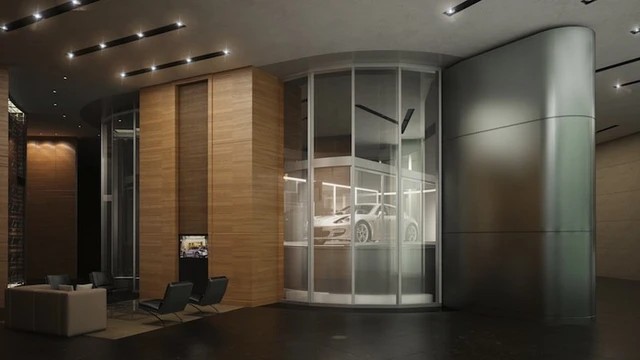
Intergenerational Heritage (Preservation)
Luxury real estate projects are not just architectural masterpieces with timeless beauty but also spaces that skillfully narrate the historical stories connected to the land they occupy. A vivid example is the Aman Nai Lert Bangkok residential project. Upon its launch, the project immediately impressed with its exceptional ability to convey the brand identity of Aman and the unique story of the Nai Lert family’s heritage, owners of Thailand’s first 5-star hotel. The inspiration for the project stems from the over 108-year-old iconic landmark – Nai Lert Park Heritage Home. Today, these projects go a step further by celebrating local culture and art, creating a profound connection between the owner and the region’s identity.
From unique design language to intergenerational heritage values, luxury real estate affirms its value, which only strengthens over time. In other words, time itself is a “living witness” to the brand’s value. The older and more prestigious the brand, the more valuable the luxury real estate becomes.
Brand Signature Defines Asset Value
In nearly a century of development, luxury real estate has become one of the fastest-growing and most diverse segments today. According to research by Graham Associates, the number of luxury real estate projects increased from 15 to 800 in just over 30 years. These projects span 180 cities in 64 countries worldwide and are categorized into various types, reflecting the diverse tastes and investment preferences of the global elite.
Based on location, this segment is divided into two main streams: Urban branded residences – luxury real estate in urban centers, offering an ideal living space with convenient connectivity; and Resort branded residences – luxury vacation real estate located in popular tourist destinations or suburban areas, serving as a private getaway for owners. The division between Urban and Resort also reflects the dual aspirations of the elite when owning a prestigious property: living in the heart of a flourishing city and investing in a vacation home in a location blessed with breathtaking natural scenery.
Regarding collaborations with hotel and lifestyle brands, the segment’s diversity is evident in the projects. In the early stages, luxury real estate was closely associated with prestigious hotel brands (Hotelier) due to the intrinsic link between hospitality and resident care services. Pioneering moves by Four Seasons in Boston in the 1980s, Aman in Thailand, and Ritz-Carlton in Washington, D.C., in 2000, shaped the market. Building on this legacy, hotel brands continue to lead with 86% market share, including giants like Marriott International, alongside icons such as Four Seasons, Mandarin Oriental, and Aman. Their tradition of hospitality, experience in delivering “hotel-standard” amenities, and, most importantly, their ability to “tailor” services to each family’s unique needs give hotel brands a competitive edge in this segment.
Soon after, the entry of non-hotel luxury brands like Porsche, Bentley, Elie Saab, and Dolce & Gabbana enriched the market. These brands focused on conveying creative design signatures and storytelling about lifestyle values, creating lifestyle-oriented luxury real estate (non-hotelier). Brand involvement varies from design input to management operations, resulting in distinctive products that cater to the diverse demands of the global elite.
The Wave of Shifting Focus to Asia and Vietnam’s Position in the Luxury Real Estate Market
After North America and Europe, the emerging markets for luxury real estate are typically regions experiencing rapid economic growth. Asia-Pacific and the Middle East quickly became the new hotspots. Notably, the flow of investment capital and the demand for enjoyment from the global elite are shifting towards Southeast Asia, viewed as the epicenter of new development.
According to the Branded Residences 2024/2025 report, in 2024, with over 240 new projects and an expanded presence in 100 global markets, luxury real estate witnessed an 180% growth in a single decade – lavish apartments and villas continuously found owners, even during challenging economic periods. Notable market highlights in 2024 include 70% of St. Regis Residences (Dubai) being sold within the first hour of launch, and 106 units of The Ritz-Carlton Residences Diriyah being booked almost instantly. Four Seasons Hotels and Resorts announced a significant increase in luxury real estate sales, reaching $1.2 billion in the first quarter of 2024. In Bangkok, the Porsche brand debuted the Porsche Design Tower Bangkok with 22 “sky villas,” priced between $15-40 million, setting unprecedented sales records for the ultra-luxury market in Southeast Asia.
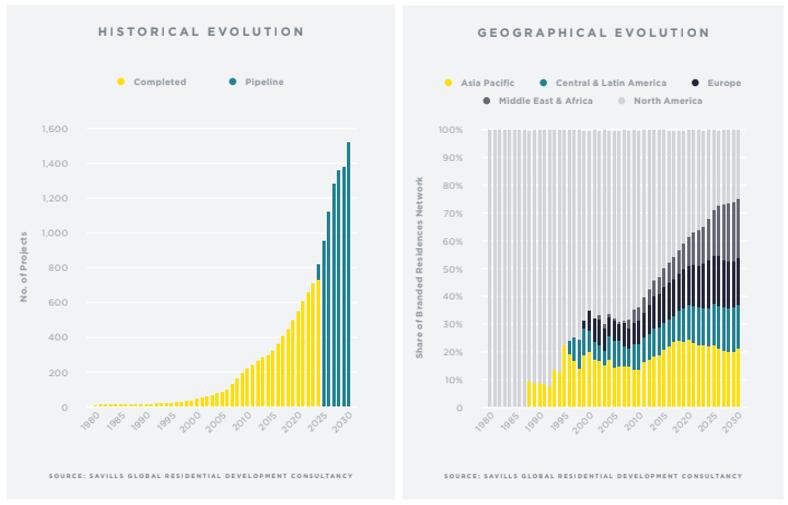
In this context, Vietnam has emerged as a strategic destination and a dynamic hotspot in the market. Along with Thailand, Vietnam is leading Southeast Asia, thanks to its thriving economy and the rapid growth of its middle and super-rich classes.
According to CBRE Vietnam, the luxury real estate market in Vietnam is witnessing remarkable developments in both quantity and quality. Urban luxury real estate projects are mainly concentrated in major cities like Hanoi (The Grand Hanoi) and Ho Chi Minh City (Grand Marina, Saigon, The Rivus…). Meanwhile, the resort stream (also known as “second homes”) tends to develop in coastal cities such as Phu Quoc, Ha Long, Cam Ranh, and Ho Tram.
Despite its infancy, most luxury real estate projects in Vietnam collaborate with long-established reputable brands. Notable projects include partnerships with JW Marriott International, such as Grand Marina, Saigon, and The Ritz-Carlton at The Grand, Hanoi. The only luxury fashion brand currently present in Vietnam’s luxury real estate market is Elie Saab with The Rivus (Ho Chi Minh City), the first floating villa project in Asia. These projects are developed by Masterise Homes, an international-standard luxury real estate developer, pioneering the branded residence segment in Vietnam.
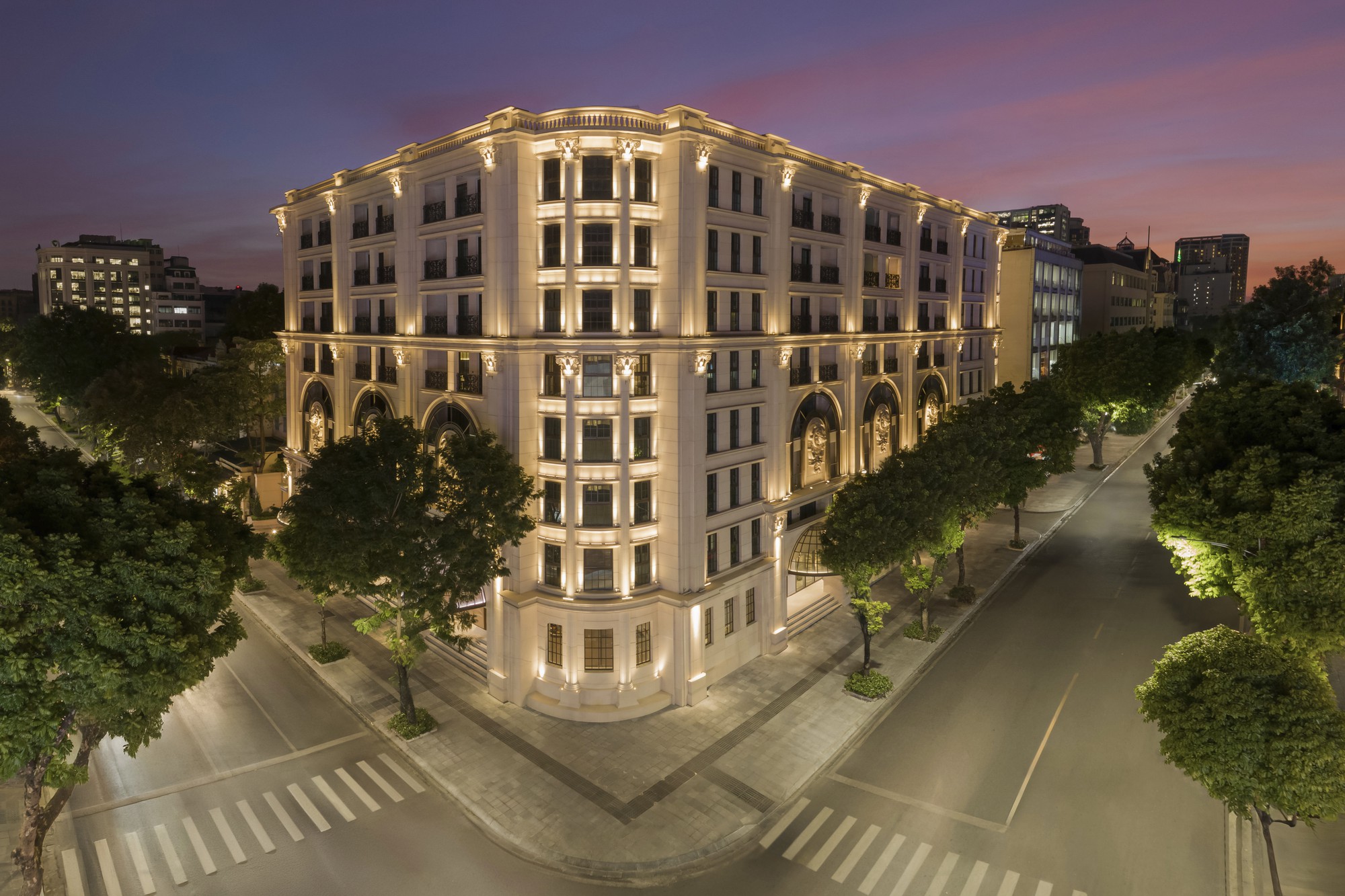
The Grand, Hanoi with the legendary touch of The Ritz-Carlton
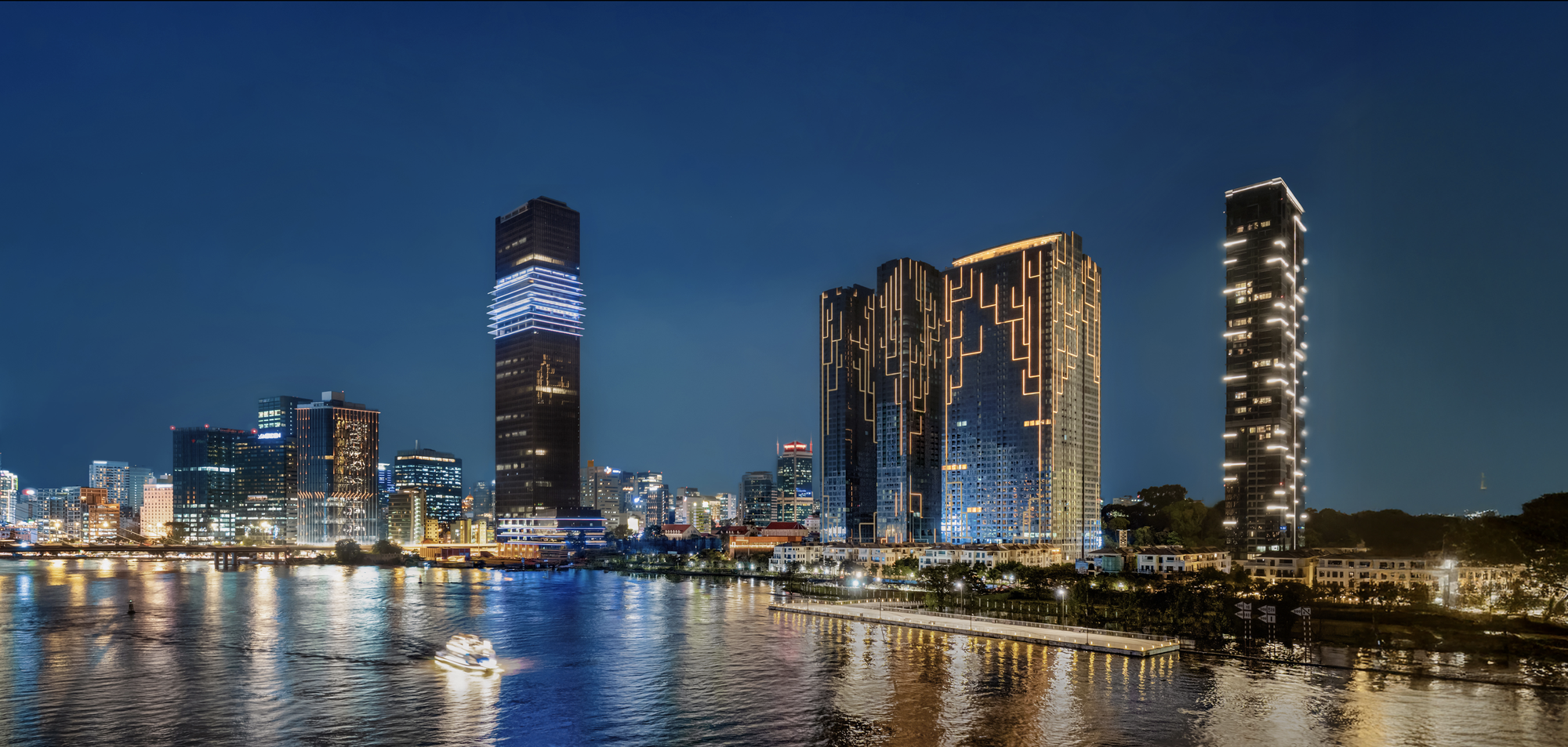
Grand Marina, Saigon – The largest Marriott & JW Marriott branded apartment complex in the world
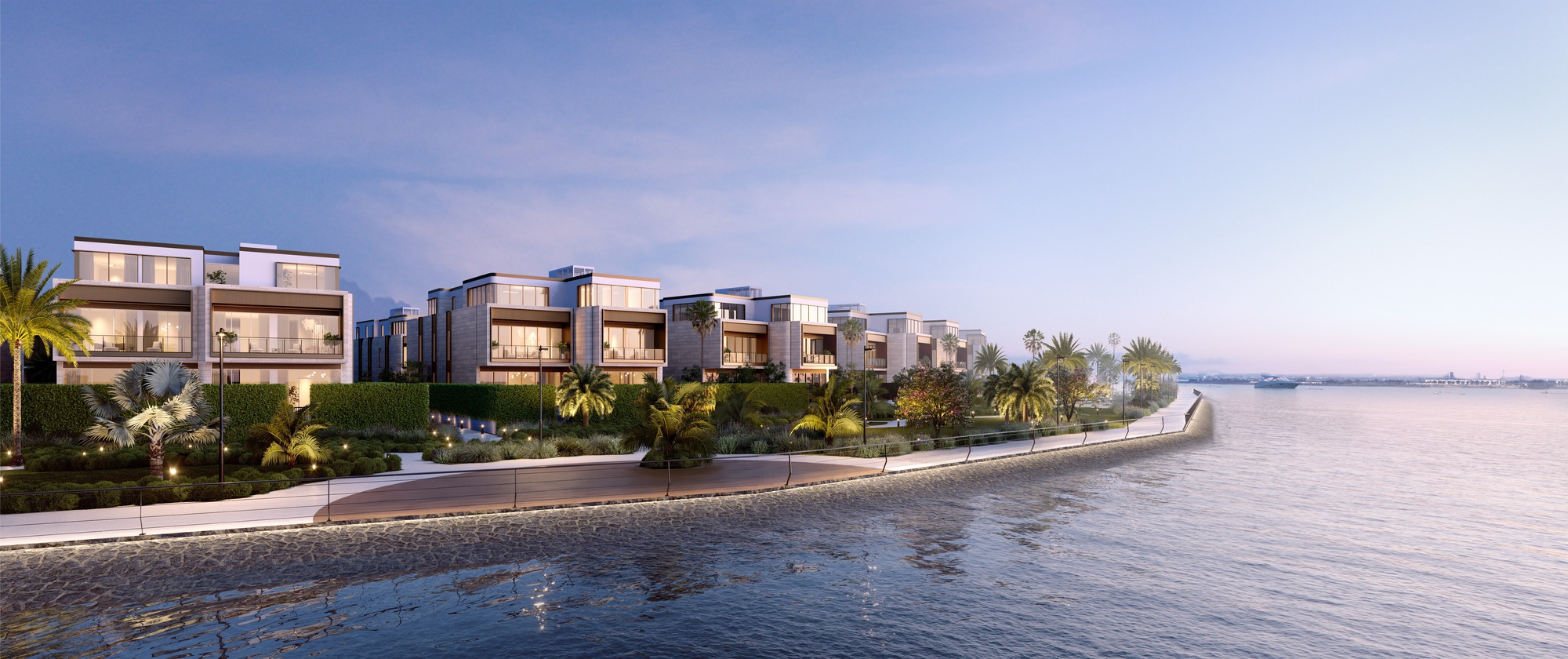
The Rivus – Elie Saab’s first floating villa project in Asia
Knight Frank’s report also affirms that Vietnam is becoming a prominent country for luxurious living spaces, with growing demand from domestic and foreign high-net-worth individuals. The primary driver of this segment’s development trend is the increasing demand for living spaces that reflect status, lifestyle, aesthetic tastes, and refined values among the elite. This group is always willing to pay a premium for exclusive privileges, so as the number of ultra-rich individuals continues to grow, the demand for luxury real estate increases, making the market more competitive.
Owning luxury real estate becomes a subtle statement of the owner’s lifestyle and class. Over time, these assets transcend the boundaries of living spaces or investments, becoming intergenerational heritage, endorsed by the class and reputation of the world’s leading brands.
The Surprising “U-Turn” by McDonald’s
Once bidding farewell to its decade-long journey at the prime location in Ho Chi Minh City, McDonald’s has made a surprising comeback to the very same spot just a year later, leaving locals bewildered.
Unveiling the Final Piece in the Block Heel Collection – THE SYMPHONY
The vibrant commercial podiums, the bustling shopping avenues, and the relentless footsteps amidst the trendy lifestyle are the melodies that “Sol” – the podium block shop, The Symphony – plays in the harmonious symphony of prosperity by the magnificent Han River.









